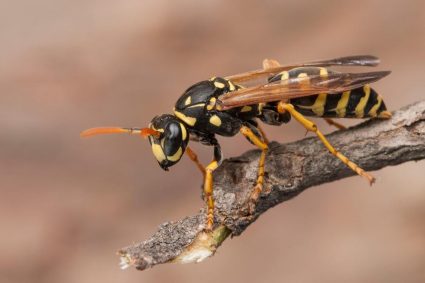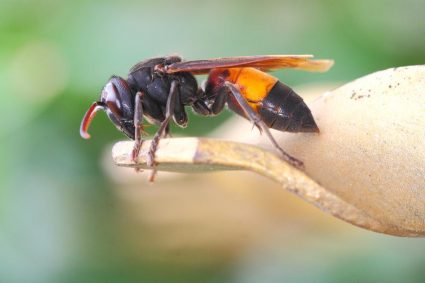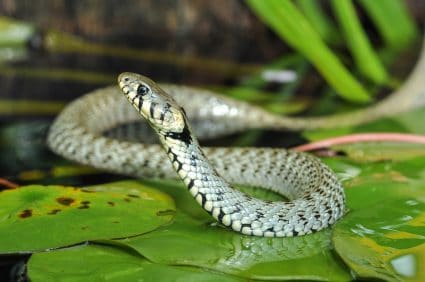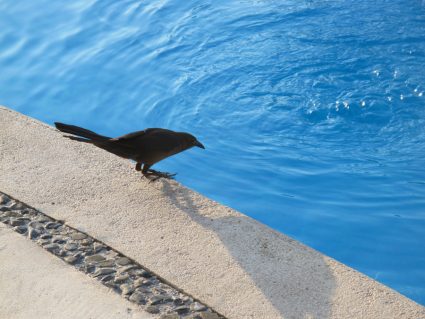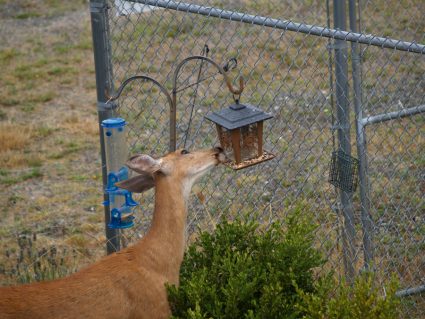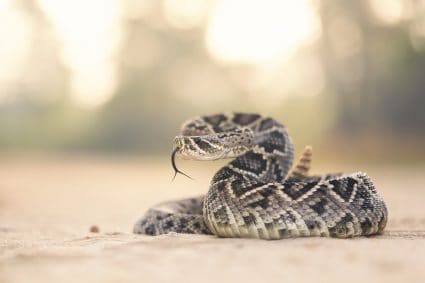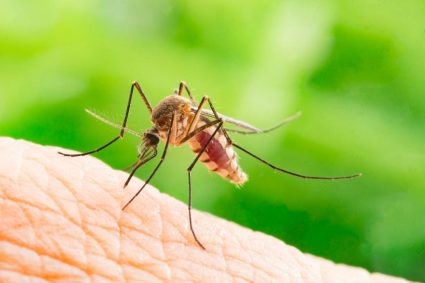
Cats are curious creatures, known for their playful and sometimes mischievous nature. And while their antics can be endearing, it can become a problem when they start knocking over your flower vases or chewing on your beautiful blooms. If you’re a cat owner struggling with this issue, this comprehensive guide will offer you various solutions on how to keep cats away from flower vases.
To keep cats away from flower vases, use deterrents such as double-sided tape, museum putty, or natural cat repellents. Consider using unconventional vases that are less likely to break or can be placed out of reach. Providing your cat with cat-friendly plants can also distract them from your vases. Lastly, training your cat with positive reinforcement can help them learn to avoid the vases.
Why Are Cats Attracted to Flower Vases?
Cats are attracted to flower vases for several reasons. First, their strong sense of smell may draw them to the aroma of the flowers. Second, their natural curiosity may be piqued by the novelty of the flower arrangement or the vase itself. Third, some cats may develop a taste for certain plants or flowers. Lastly, cats are playful and may see the flowers in the vase as a potential toy.
How to Keep Cats Away from Flower Vases
There are several effective methods to deter cats from approaching flower vases:
Use Double-Sided Tape
Cats dislike the sticky feeling of tape on their paws. Placing double-sided tape around the area where the cat would walk to reach the vase can deter them from approaching.
Museum Putty
Use museum putty (also known as earthquake putty) to secure the vase to the surface, making it difficult for cats to knock it over.
Unconventional Vases
Choose vases made of materials that are less likely to break, such as wood, bamboo, metal, stone, plexiglass, resin, or steel. You can also consider wall-mounted or hanging vases to keep flowers out of reach.
Cat Repellents
Use natural cat repellents like citrus peels, essential oils (e.g., lavender, eucalyptus, or peppermint), or commercial repellents like Bonide Go Away! Rabbit, Dog & Cat Repellent. Apply these repellents around the vase or on surfaces you want to protect from cats.
Ultrasonic Deterrents
Devices like the Shoo Cat Ultrasonic Trainer emit high-frequency sounds that deter cats from approaching certain areas, such as countertops or furniture where flower vases are placed.
Distract with Cat-Friendly Plants
Provide your cat with their own plants, such as cat grass or catnip, to keep them occupied and away from your flower vases.
Train Your Cat
Use positive reinforcement to train your cat to stay away from flower vases. Reward them with treats or praise when they avoid the vase and redirect their attention to appropriate toys or activities.
Common Accidents with Cats and Flower Vases
Common accidents involving cats and flower vases include cats knocking over vases, ingesting toxic flowers, drinking vase water, and swallowing foreign objects from the flower arrangement. To prevent these accidents, consider the tips mentioned above and always monitor your cat’s behavior around flower vases.
Conclusion
Remember, every cat is different, and what works for one might not work for another. It may take a bit of trial and error to find the best solution for your cat. But with a little patience and creativity, you can successfully keep your cats away from your flower vases while still enjoying the beauty of your floral arrangements.
Frequently Asked Questions
What types of flowers are toxic to cats?
There are several plants and flowers that are toxic to cats, including lilies, azaleas, tulips, daffodils, and chrysanthemums. It’s always a good idea to research whether a plant is safe before bringing it into a home with cats.
Are there any other materials I can put around my vase that cats dislike?
Yes, besides double-sided tape, you can also use aluminum foil or a plastic carpet protector (spiky side up). Cats dislike the feeling of these materials and will generally avoid them.
Can I use any type of citrus peel as a cat repellent?
Yes, most cats dislike the smell of all citrus fruits. You can use peels from oranges, lemons, limes, or grapefruits as natural cat repellents.
Are there any negative effects of ultrasonic deterrents on cats?
Ultrasonic deterrents are generally safe for cats. They emit high-frequency sounds that are annoying to cats but not harmful. However, if your cat seems overly distressed or anxious, you might want to try another method.
How can I tell if my cat has ingested a toxic flower?
Signs that your cat may have ingested a toxic flower include vomiting, diarrhea, drooling, loss of appetite, difficulty breathing, and changes in behavior like lethargy or aggression. If you notice any of these symptoms and suspect your cat has eaten a toxic plant, contact your vet immediately.

